Why Your White Shirts Turn Yellow (And How to Actually Fix It)
I’ve been in the textile care world for a long, long time, handling everything from giant commercial laundry jobs to saving delicate vintage pieces. And you know the single most common problem people bring to me? Yellowing. It’s always the same story: a favorite white shirt, now sporting some stubborn yellow stains, especially in the armpits. They’re usually frustrated and think the shirt is a total goner.
In this article
So, the first thing I always say is this: take a deep breath. Most yellow stains are absolutely not a death sentence for your clothes. They’re just the result of a chemical reaction, and with the right approach, you can often reverse the damage completely.
The key is understanding what’s causing the stain in the first place. Honestly, it’s rarely just one thing. It could be sweat mixing with your deodorant, oils oxidizing while in storage, or even the minerals in your tap water. Each one needs a slightly different game plan. This isn’t about some single magic bullet; it’s about learning to figure out the problem like a pro and using the right tool for the job. I’ll walk you through the exact methods I use, explaining not just what to do, but why it works.

First, Let’s Talk About Why This Happens
Before you can attack a stain, you have to know your enemy. Yellow stains aren’t all created equal, and figuring out the source helps you pick the most effective treatment. In my experience, it usually boils down to one of these four culprits.
1. Sweat and Deodorant Stains
This is the big one, especially on the underarms of shirts. That yellowing is a chemical reaction in action. Your sweat has proteins in it, and your antiperspirant has aluminum compounds to block sweat. When the aluminum mixes with the sweat proteins, it latches onto the fabric fibers. Over time, that combo builds up, oxidizes, and leaves behind a stiff, yellow stain. Heads up! Washing in hot water right away can actually cook the protein into the fabric, setting the stain for good. That’s why we always start our treatments with cool water.
2. Oxidation from Storage
Ever pull a perfectly clean white garment out of a storage bin only to find it has mysteriously yellowed? That’s oxidation. Even after a good wash, microscopic body oils, leftover detergent, or fabric starch can cling to the fibers. Over months in a dark closet, these invisible residues react with oxygen, and… poof. Yellow or brownish spots appear. It’s the same exact process that turns a sliced apple brown on the counter.
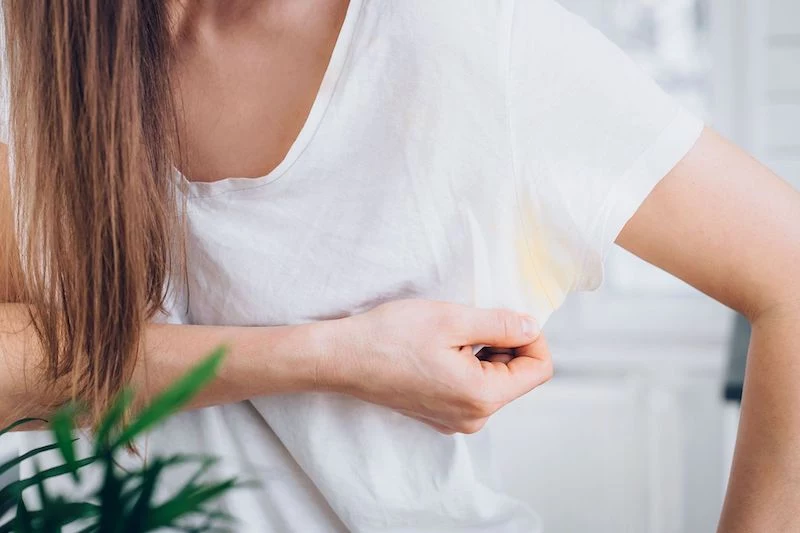
3. Detergent and Fabric Softener Buildup
Here’s a common mistake: thinking more soap means cleaner clothes. It’s actually the opposite. Using too much detergent means it won’t all rinse out, leaving a sticky film that attracts dirt. Over time, especially with the heat from a dryer, this gunk can break down and turn yellow. Fabric softeners are even worse, as they’re basically designed to coat fibers in oils and waxes that go yellow pretty quickly.
4. Your Water Quality
Sometimes, the problem is coming right out of your faucet. If you have hard water, it’s loaded with minerals like iron. When you add chlorine bleach to your laundry, the bleach oxidizes the iron, which then deposits rust right onto your clothes, leaving a dingy, all-over yellow tint. I’ve had clients who were baffled about why their whites kept getting duller, and it was their water all along.
Good to know: Wondering if you have hard water? You can often find a local water hardness map online with a quick search for your city or county. Or, try a simple home test: put a little bit of dish soap in a closed bottle of water and shake it. If you get tons of suds, your water is likely soft. If you get very few suds and the water looks cloudy, you’re probably dealing with hard water.
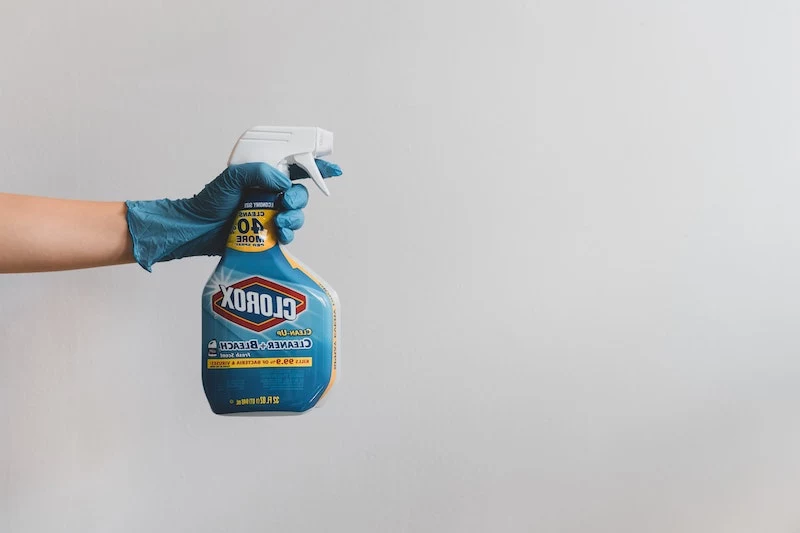
Getting Your Gear Ready (It’s Cheaper Than You Think)
Before you start, let’s get your workspace set up. A little organization goes a long way. You don’t need a fancy lab—your laundry room or bathroom will do just fine. Lay down an old white towel to protect your surfaces and prevent any color from bleeding onto your project.
Here’s what you’ll want to have on hand:
- A Non-Metallic Bowl: A simple plastic or glass bowl from your kitchen is perfect. Metal can react with ingredients like peroxide, so avoid it.
- A Soft-Bristled Brush: An old toothbrush is the GOAT for this job. It’s gentle enough not to shred the fabric but firm enough to work the solution into the fibers.
- Measuring Spoons/Cups: Getting the ratios right is important for the magic to work properly and safely.
- Gloves: Definitely wear rubber or nitrile gloves, especially when you’re handling peroxide or oxygen bleach. They can be really drying on the skin.
And here’s a quick shopping list for the actual stain-fighters. You can find all of this stuff at a supermarket or big-box store like Target or Walmart.

- Powdered Oxygen Bleach: Think OxiClean, but the generic store brands work just as well. A big tub costs around $8 to $15 and will last you ages.
- 3% Hydrogen Peroxide: You’ll find this in the first-aid aisle of any drugstore for about a dollar. It’s a fantastic, cheap stain remover.
- Distilled White Vinegar: A huge jug is usually less than $3 in the grocery aisle.
- Baking Soda: You probably already have a box in your pantry. If not, it’s another super cheap staple.
The Most Important Step: Always Spot-Test!
This is the golden rule, no exceptions. Before you douse a visible stain, test your cleaning solution on a hidden spot first—like an inside seam, the hem, or behind a button placket. Apply a tiny bit, wait a few minutes, then rinse. Check for any color change or damage. It takes five extra minutes but can save your favorite shirt from disaster.
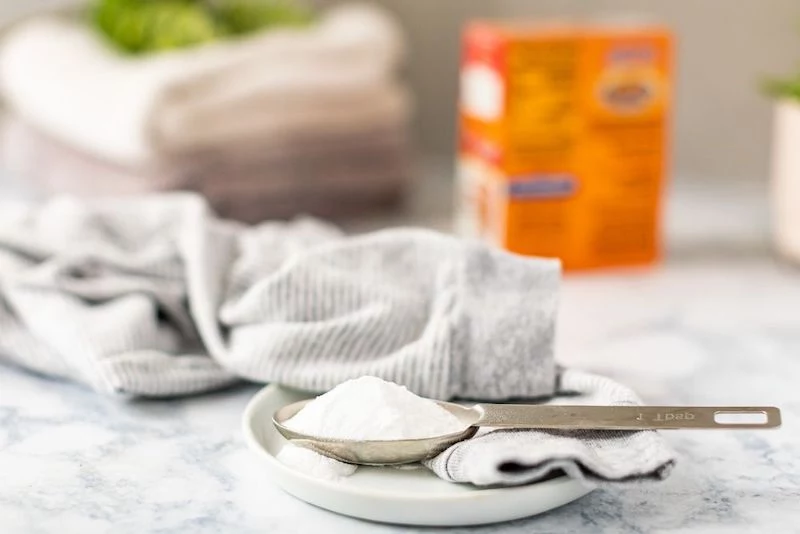
My Go-To Methods for Getting Rid of Yellow Stains
Okay, let’s get down to business. I’ve broken these down by fabric type, starting with the gentlest options first. Find your situation below and let’s get that stain out.
For Sweat Stains on Sturdy Fabrics (Cotton, Polyester, Blends)
These fabrics are workhorses and can handle a more powerful approach. The goal here is to break down both the proteins and the aluminum buildup.
Method 1: The Oxygen Bleach Soak (My Top Choice)
Forget chlorine bleach for these types of stains. Oxygen bleach is your best friend. When it dissolves in water, it releases tiny oxygen bubbles that gently break apart stain molecules without harming the fabric itself. It’s what I use for most yellowing on both whites and many color-safe fabrics.
- The Mix: Dissolve 2 to 4 tablespoons of powdered oxygen bleach into a gallon of the hottest water your fabric can safely handle (check the care tag!). For cotton, hot water is great.
- The Soak: Fully submerge the garment in the solution, making sure the stained parts are saturated.
- The Wait: Patience is everything here. Let it soak for at least four hours. For really old, set-in stains, I often let them soak overnight.
- The Finish: After soaking, just run it through a normal laundry cycle. But before you even think about putting it in the dryer, check the stain. If you still see a faint yellow ghost, repeat the soak. Heat will set whatever is left, so make sure the stain is 100% gone first.
Method 2: The Hydrogen Peroxide Paste (For Stubborn, Crusty Stains)
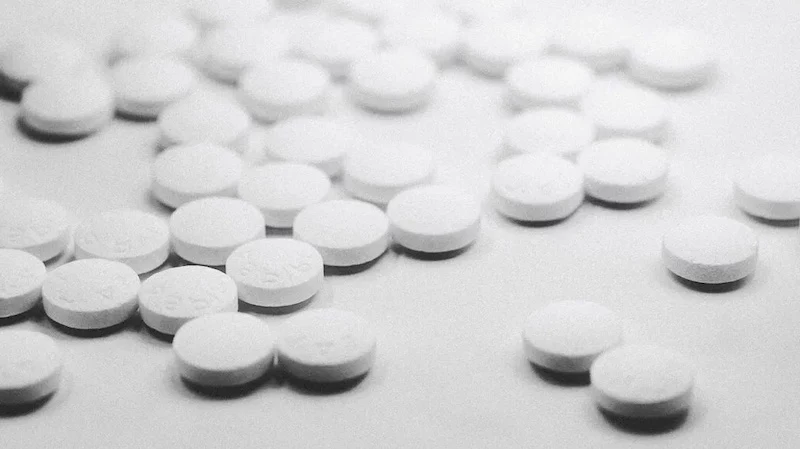
If you have an underarm stain that feels stiff and just won’t quit, this paste is a lifesaver. It combines a chemical reaction with a bit of gentle scrubbing power.
- The Mix: In your glass or plastic bowl, mix equal parts 3% hydrogen peroxide, baking soda, and water. A good start is two tablespoons of each. Stir it until you have a thick paste, kind of like toothpaste.
- The Application: Lay the stained area flat and spread the paste generously over the yellowed spot. Use your gloved fingers or a spoon. Then, take your soft brush and gently work the paste into the fabric. You should see some light foaming, which means it’s working!
- The Wait: Let the paste sit and do its thing for at least an hour. For really gnarly stains, two hours is even better.
- The Finish: Rinse the paste out with cool water and then launder as usual. And again, inspect it before drying!
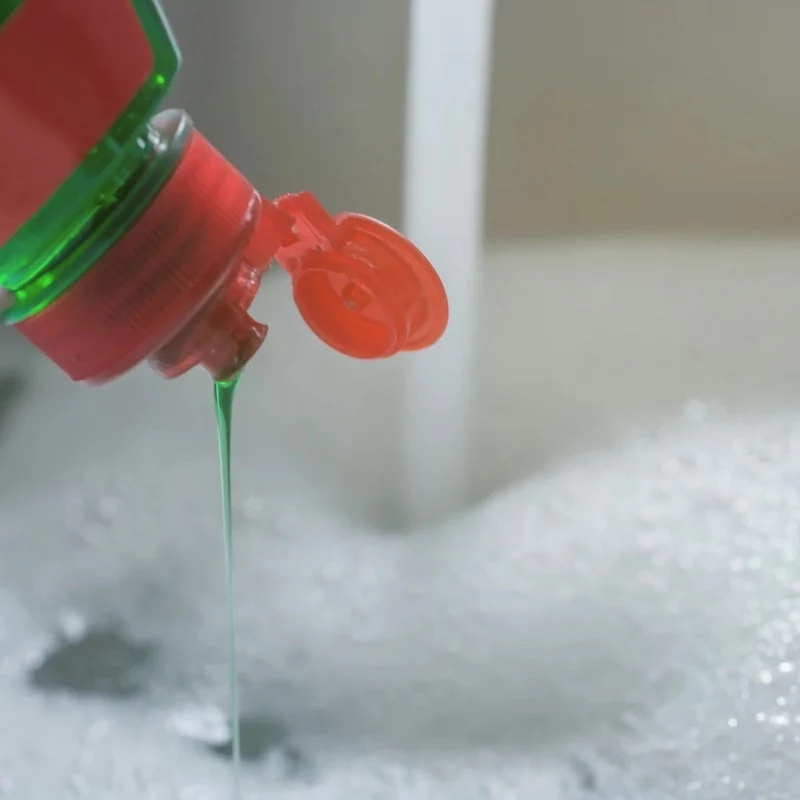
What About Colors? A Quick Guide to Safe Stain Removal
So, you’ve got pit stains on a colored shirt? Don’t panic. The key is to be cautious and use the right product. This is where oxygen bleach really shines over its aggressive cousin, chlorine bleach.
A quick tip: Think of it this way—oxygen bleach is a gentle lifter. It gets under the stain and lifts it away from the fibers. Chlorine bleach is a stripper. It will strip the stain, but it will also strip the color right out of your fabric along with it. That’s why you should NEVER use chlorine bleach on colored clothes.
For colors, the Oxygen Bleach Soak is often safe, but you MUST do a spot test first. If that makes you nervous, the Hydrogen Peroxide Paste is also a great option, as it’s a bit more targeted. Just be sure to spot-test in a hidden area to ensure it doesn’t lighten the dye.
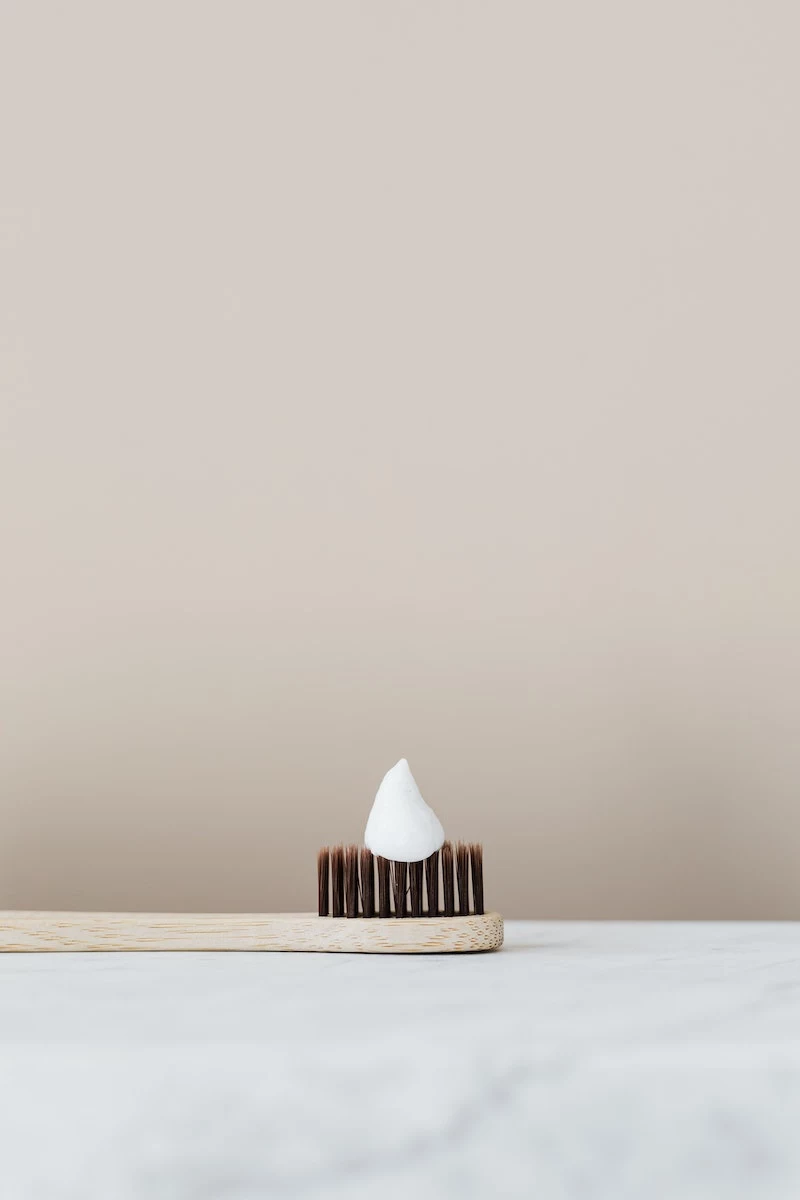
For Yellowing on Delicates (Silk, Wool, Rayon)
These fabrics need a much gentler touch. Silk and wool are protein fibers (just like hair!), and harsh, alkaline cleaners like oxygen bleach can damage them. So, we switch to a mild acid.
The Diluted White Vinegar Soak
For deodorant stains on silk or wool, a gentle acidic solution is perfect. It helps dissolve the alkaline mineral compounds from the deodorant without hurting the delicate protein fibers.
- The Mix: In a bowl, mix one part distilled white vinegar with four parts cool water.
- The Soak: Submerge the stained part of the garment in the solution. Don’t rub or wring it, as that can stretch wet silk or wool. Just gently squeeze the solution through the fabric.
- The Wait: Let it sit for about 30 minutes. That’s usually all it takes.
- The Finish: Rinse the vinegar out completely with cool water. Then, hand wash the item with a special pH-neutral detergent made for delicates (a brand like Woolite is perfect for this) and let it air dry away from any direct heat or sunlight.
By the way, if you’re working with a really valuable or sentimental item—a silk blouse, a wool suit, an heirloom piece—and you feel nervous, there is zero shame in taking it to a professional. A good dry cleaner who specializes in restoration has tools and solvents that are even safer. Better to pay a pro than to risk a DIY disaster.
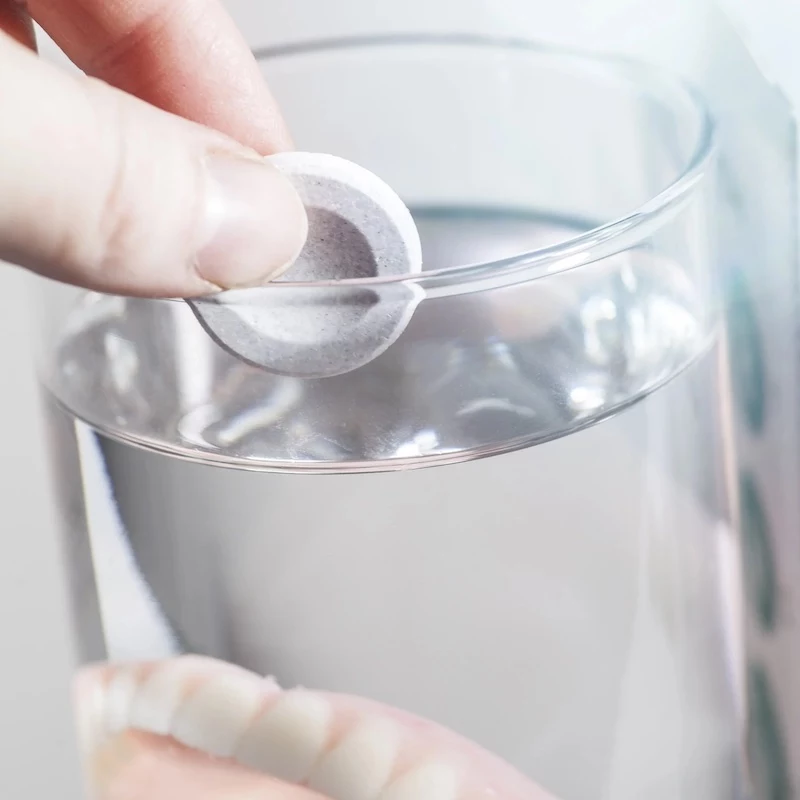
Fixing All-Over Yellowing from Storage or Hard Water
For clothes that have turned yellow all over, you need to treat the whole garment.
For storage stains, the long Oxygen Bleach Soak is the absolute champion. I’ve used this method to bring countless vintage tablecloths and heirloom baby clothes back to their original brightness. An overnight soak often removes decades of oxidation.
For hard water yellowing, the answer is a laundry additive specifically made to remove rust. Look for products like “Iron Out” or “Rust-B-Gone” in the laundry aisle. Follow the directions on the package, and remember, whatever you do, avoid chlorine bleach as it will only make the iron problem worse!
Inspirational Gallery
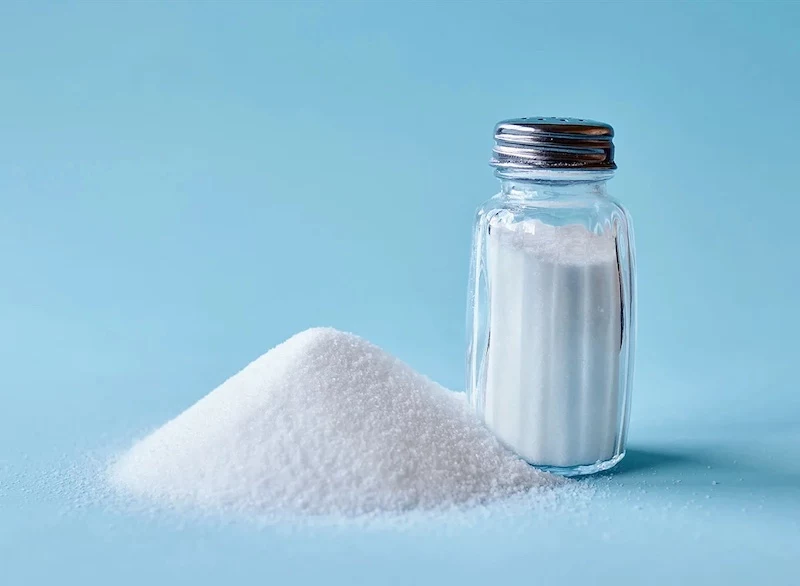
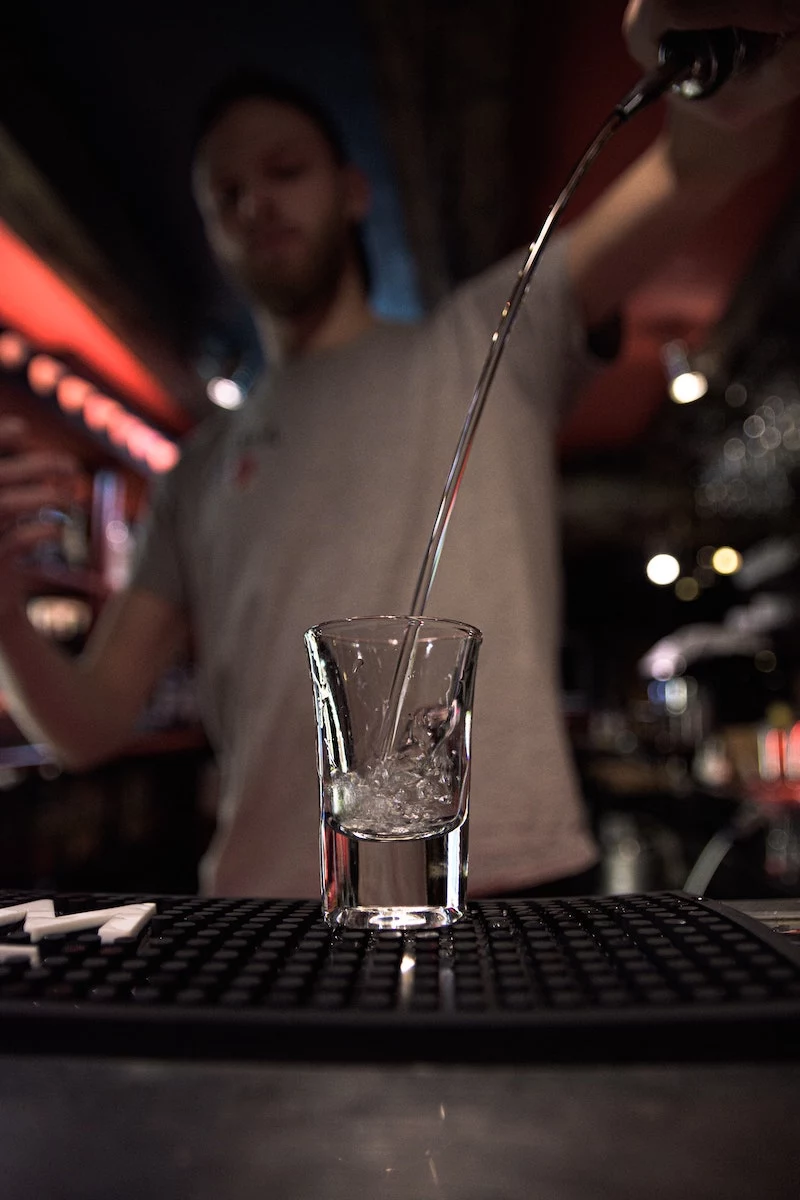
So, I should just reach for the chlorine bleach, right?
Wait! This is one of the most common mistakes. While great for disinfection, chlorine bleach can have a chemical reaction with the protein in sweat and body oil stains, actually making them appear more yellow. It’s especially harsh on delicate or elastic fibers, causing them to weaken over time. For underarm stains, always opt for an oxygen-based bleach or a natural solution first.
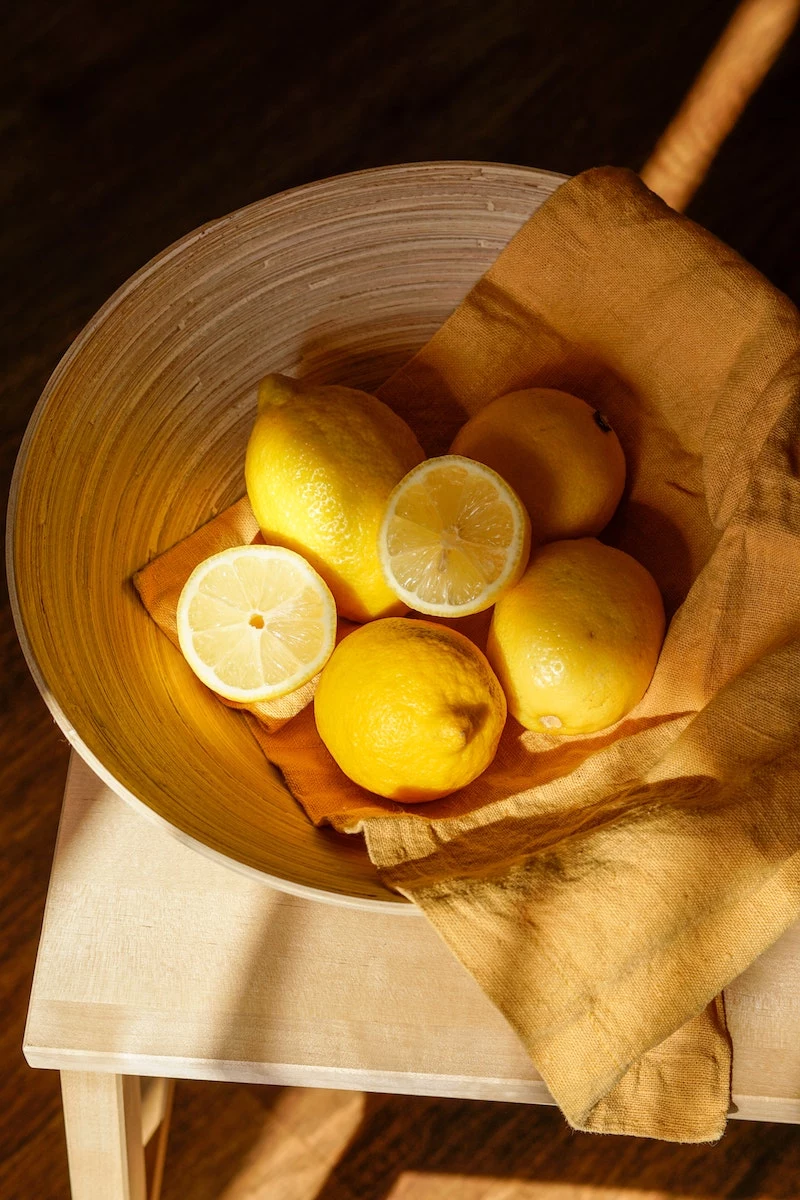
Did you know that laundry bluing, a popular trick from the 19th century, doesn’t actually remove yellowing? It masks it.
This clever optical illusion works by adding a minuscule amount of blue pigment to the fabric. Since yellow and blue are complementary colors, the blue neutralizes the yellow tint, making our eyes perceive the fabric as brilliantly white. A few drops of a product like Mrs. Stewart’s Bluing in the final rinse water can revive dingy whites without any harsh chemicals.
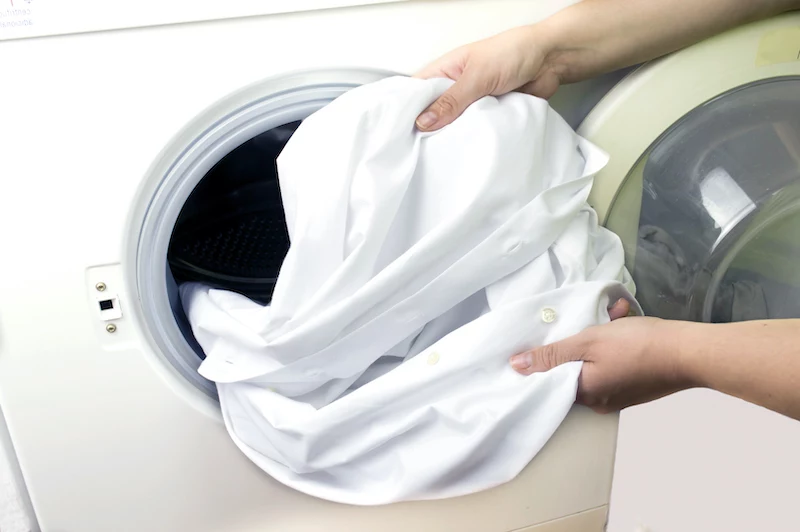
- Restores a crisp, bright finish to cottons and linens.
- Helps break down mineral deposits from hard water.
- Acts as a natural fabric softener.
The secret? A simple white vinegar rinse. Adding half a cup of distilled white vinegar to your washing machine’s fabric softener dispenser during the final rinse cycle can prevent the build-up of detergent residue that dulls white fabrics over time.
For stubborn, set-in stains: A targeted paste can work wonders. Mix a powder-based oxygen bleach, like OxiClean White Revive or Vanish Oxi Action Crystal White, with a small amount of water to create a thick paste. Apply it directly to the yellowed area, gently rubbing it into the fibers with an old toothbrush. Let it sit for at least an hour—or even overnight for tough cases—before washing as usual. This concentrated application gives the active oxygen ingredients maximum time to break down the stain.










